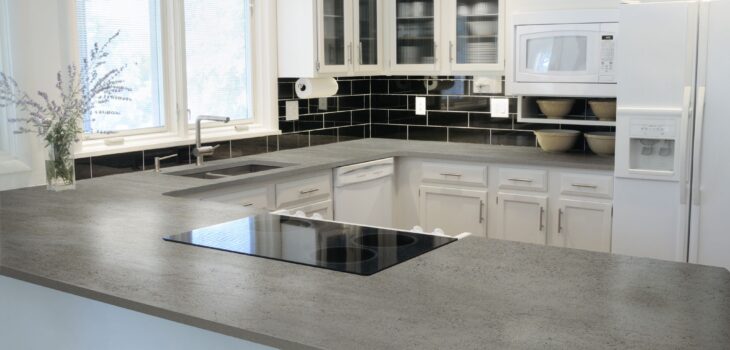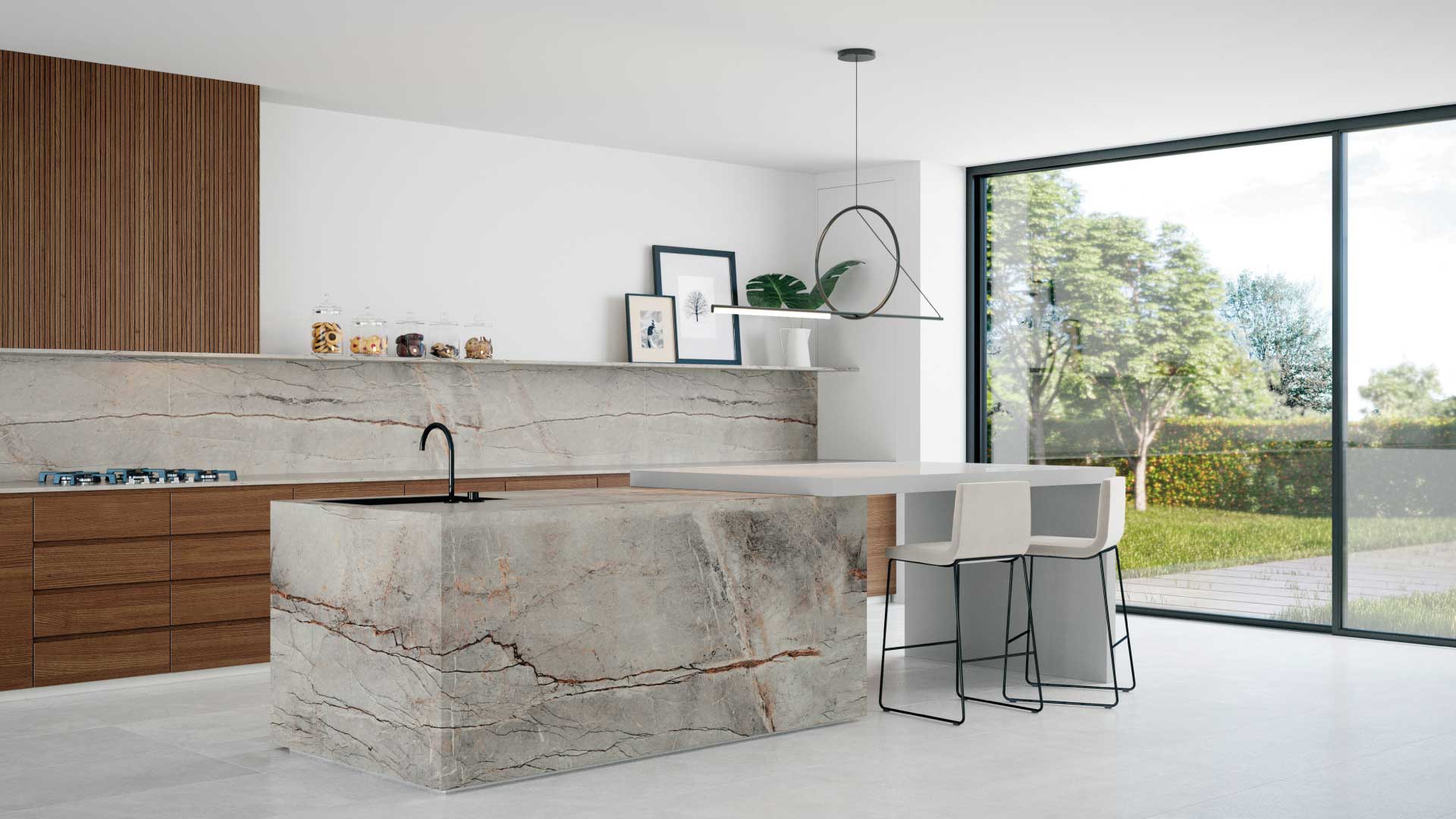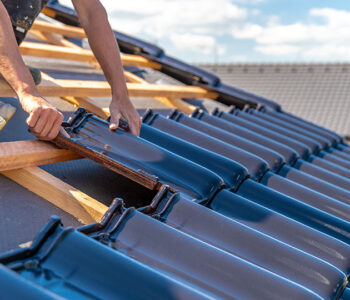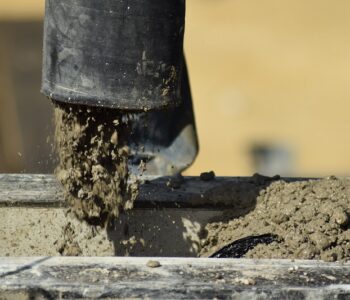 Home Improvement
Home Improvement
A Specified Guide to Cutting Quartz and Porcelain Worktops:
When it comes to modern kitchen design, quartz and porcelain worktops are among the most popular choices due to their durability, aesthetic appeal, and low maintenance requirements. However, working with these materials requires precision and the proper use of tools, especially when cutting them to size. Whether you’re a DIY enthusiast or a professional installer, this guide will walk you through everything you need to know about Cutting quartz worktop and porcelain worktops.
Understanding the Materials
Quartz Worktops:
Quartz is an engineered stone made from crushed natural quartz, resin, and pigments. It’s non-porous, highly resistant to stains, and incredibly hard. While its strength is a benefit in everyday use, it makes cutting more challenging and requires diamond-tipped tools.
Porcelain Worktops:
Porcelain is a ceramic material that undergoes firing at extremely elevated temperatures. Porcelain slabs are often used in ultra-modern kitchen styles and need careful handling to avoid chipping or cracking during cutting.
Tools You’ll Need for Both Quartz and Porcelain Worktops:
Diamond Blade Wet Saw or Angle Grinder:
A continuous rim diamond blade is essential for smooth, clean cuts. Wet saws reduce dust and keep the blade cool.
Measuring Tape and Straight Edge:
Precision is key: measure twice, cut once.
Masking Tape:
Helps mark the cutting line and can reduce chipping.
Polishing Pads (Optional):
For smoothing cut edges after the cut.
How to Cut Quartz Worktops
Planning and Marking:
- Take precise measurements of the space where the quartz worktop is to be fitted.
- Mark the cut lines clearly using a pencil or chalk and a straight edge.
- Place masking tape over the cutting line to help minimise chipping during the cut.
Setting Up the Saw:
- Operate a wet saw equipped with a diamond blade specifically designed for use with engineered stone or granite.
- Ensure the water supply is functioning correctly to cool the blade and minimise dust.
Cutting Process:
- Clamp the worktop securely on a stable workbench.
- Let the blade do the work—don’t force the saw through the material.
- If you’re using an angle grinder, work in short passes to prevent overheating or cracking.
Finishing Touches:
- For internal cut-outs (e.g., sink or hob), use a hole saw or jigsaw with a diamond blade attachment.

How to Cut Porcelain Worktops
Planning and Marking:
- Measure carefully—porcelain is less forgiving than quartz.
- Use a pencil or marker to trace the line; masking tape can help reduce splinters.
- Thin-rim blades reduce the chances of chipping but require slower feed rates.
Cutting Method:
- A bridge saw or wet tile saw is best for long, straight cuts.
- A handheld angle grinder fitted with a diamond blade is ideal for making detailed or curved cuts. Support the worktop properly to avoid flexing, which can cause cracking.
- Make shallow scoring cuts first if you’re cutting with a handheld tool.
Cooling and Dust Control:
- Always use water to cool the blade and suppress silica dust.
- Wear a respirator if cutting indoors or without adequate ventilation.
Edge Finishing:
- Porcelain often has sharp edges after cutting. Use a diamond sanding pad or tile file to smooth them.
- Be cautious during handling—porcelain is more prone to edge chipping.
Safety Considerations
Silica Dust Warning:
Both quartz and porcelain contain silica, and cutting them releases fine dust that can cause serious health issues. Always wear a proper dust mask or respirator (rated P2 or P3) to protect yourself from dust.
Use Wet Cutting When Possible:
This significantly reduces dust and keeps the blade from overheating.
Common Mistakes to Avoid
Rushing the Cut:
Cutting too fast or with excessive force may lead to chipping or even damage to the cutting blade.
Blade Selection Error:
Diamond blades vary in design; for instance, using a segmented blade on porcelain can easily result in surface chips.
Insufficient Support:
Always support both sides of the worktop, especially near the ends or cut-outs.
When to Call a Professional
If you’re working with high-value slabs, complex layouts, or large cutouts (such as sinks or islands), it’s often best to hire a professional fabricator. Specialised CNC machinery can deliver flawless results, and professionals are insured against breakage—a big bonus when working with expensive materials.
Conclusion:
Cutting quartz and porcelain worktops requires attention to detail, the right tools, and a steady hand. While it’s possible to achieve great results on your own with some patience and preparation, don’t underestimate the challenges, especially with porcelain. By following this guide, you can confidently tackle your worktop cutting project, ensuring a clean, precise fit that enhances your kitchen’s style and functionality.
Read more blogs at Vibrantlivingblog.









